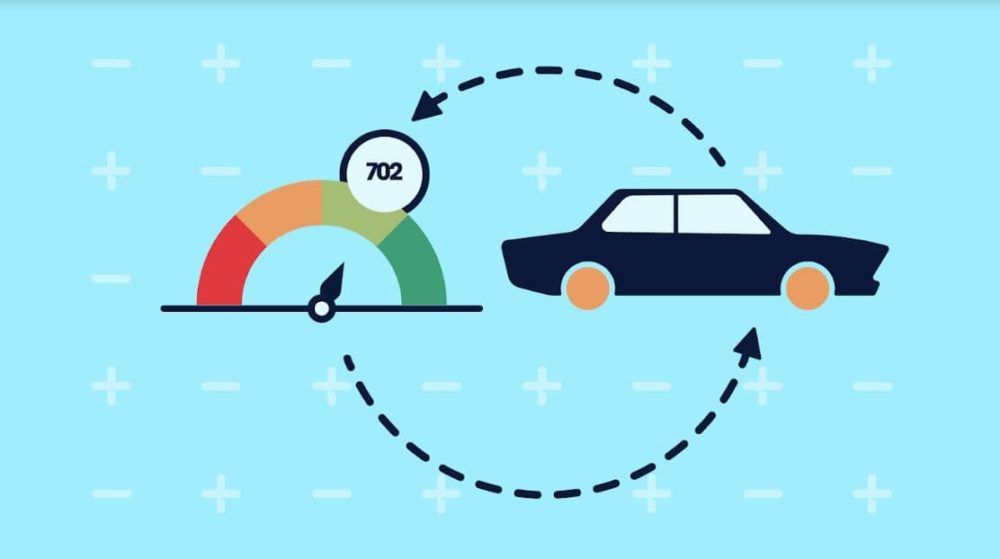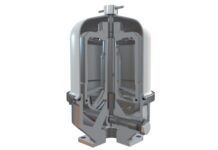
Ask a dozen financial experts to explain their beliefs about credit and you are sure to get a full range of answers. Some will say it is great, others will say it’s bad, and still, others will fall somewhere in between. The thing to understand about credit is this: at the end of the day, it is nothing more than a financial tool. Whether it is good or bad depends on how you use it.
The topic of credit typically comes up when families are attempting to set and reach financial goals – read more about it here. Discussing credit is almost unavoidable because it is so much a part of modern life. Almost all of us use it to one degree or another, even though it is entirely possible to live your entire life without using it.
Going to School on Credit

According to myopenadvisors.com, It would be interesting to look into how many people with serious credit problems have student loans to contend with. For some reason, our culture tends to look at student loans as some sort of separate entity unrelated to other forms of credit. Yet student loans are very much credit instruments.
Student loans absolutely make it possible for kids who would otherwise be unable to go to college to do so. At the same time though they saddle students with debt years before they actually begin earning a full-time wage. So in a sense, student loans put kids behind the credit eight balls before they ever get started. As an alternative, a Parent PLUS loan can be a good choice for parents looking to help pay for school costs. If you are interested in this option, do your research and compare among different Parent PLUS loan rates here, and find out how this can be an easy way for qualified borrowers to reduce their interest rate and pay off their loans sooner.
The total amount of outstanding student loan debt in the U.S. is now in excess of $1.5 trillion. Some 45 million borrowers owe on their loans, with the average amount for college grads in 2018 being about $29,000. It is clear that student loans are a form of credit. Whether or not they are a wise form of credit is another matter altogether.
Buying Homes on Credit

Mortgage products are also credit instruments. A typical mortgage in this country is a 30-year deal that requires a minimum down payment of 10% or more.
You could make the case that a mortgage represents the most reasonable use of credit. After all, very few Americans have enough cash lying around to buy a house. Even if buyers were to save up rather than taking out a mortgage, most would never be able to amass enough money while still paying rent. That leaves buyers with few choices. They either go the mortgage lending route or rent the rest of their lives.
For a lot of families, setting and reaching financial goals starts with getting the house paid off. Why? Because housing costs tend to represent a family’s largest month-to-month expense. Pay off the house and you can free up a sizeable portion of your budget – as much as 30% or more in some cases.
When you look at credit as a tool, you can step back and ask yourself how well you are using that tool. Maybe it’s better for your financial circumstances to pay a higher monthly payment in exchange for a 15-year deal. Yes, you will not have as much disposable income during those 15 years, but you will save a ton of money by paying on your mortgage for half the time.
Creating enough equity for a Reverse Mortgage
Another advantage of paying down your mortgage early would allow for you to re-borrow that equity in your retirement years using what is called a reverse mortgage loan. Having a free and clear home allows for you to borrow as much as 50% of your appraised value without having to make a monthly mortgage payment. Retirement is expensive and if you have not planned for long-term care, a reverse mortgage loan can help fund expensive health and LTC needs. To get an idea of how much money you may qualify for try this free Calculator by clicking here.
Buying Cars on Credit

Our car loans are another form of credit we often take for granted. Whether you take out a new car loan or lease your vehicle, you are utilizing a form of credit. The good news about car buying is that there is a lot of wiggle room here.
As a tool, a car loan enables the purchase of a new car even when there isn’t the cash on hand to pay for it. But there are ways to minimize indebtedness. For example, brand-new cars lose between 20% and 30% of their value in the first year. There is no way you can offset that loss just by making minimum monthly payments on your car loan.
Perhaps it’s better to buy a car that is two or three years old. You will still get a car with low mileage but more reasonable value. Furthermore, you will need less credit to purchase the car, which usually means getting a shorter loan and saving money on interest payments.
Utilizing Credit Cards
Where so many people go wrong with credit is with the utilization of credit cards. Credit cards are, by design, a form of revolving credit. What is revolving credit? It is credit that allows you to continue spending right up to your limit. It is easiest to understand if you compare credit cards to another form of credit that doesn’t revolve. There are various types of credit cards and one of them is business credit cards. Read the article on Daily Prosper and find more about this type of credit cards.
Take your mortgage. Whatever amount your mortgage was for when you purchased your house is a fixed amount. Paying your monthly mortgage payments reduces the amount you owe over time. As long as you keep making payments, the amount you owe will never go up. In fact, it will continually fall until it is paid off.
A credit card offers you a spending limit. Let’s just say it is $1000. You can charge up to $1000 in goods and services the first day you have your card. You will not be able charge anymore until you pay some of it off. So let’s say you make a $150 payment at the end of the month. You can turn around and purchase up to $150 in additional goods and services with your card.
What makes revolving credit so dangerous is the habit of continually utilizing it. Every time you make a payment, you turn around and charge the card again. Thus, you wipe out every payment you make while at the same time continually paying interest on what you owe.
Credit is just a tool that is neither good nor bad by itself. It is all in how you use it. The four forms of credit mentioned in this post are good examples. If you know anything about managing finances, you know there are good and bad ways to use all of them.








